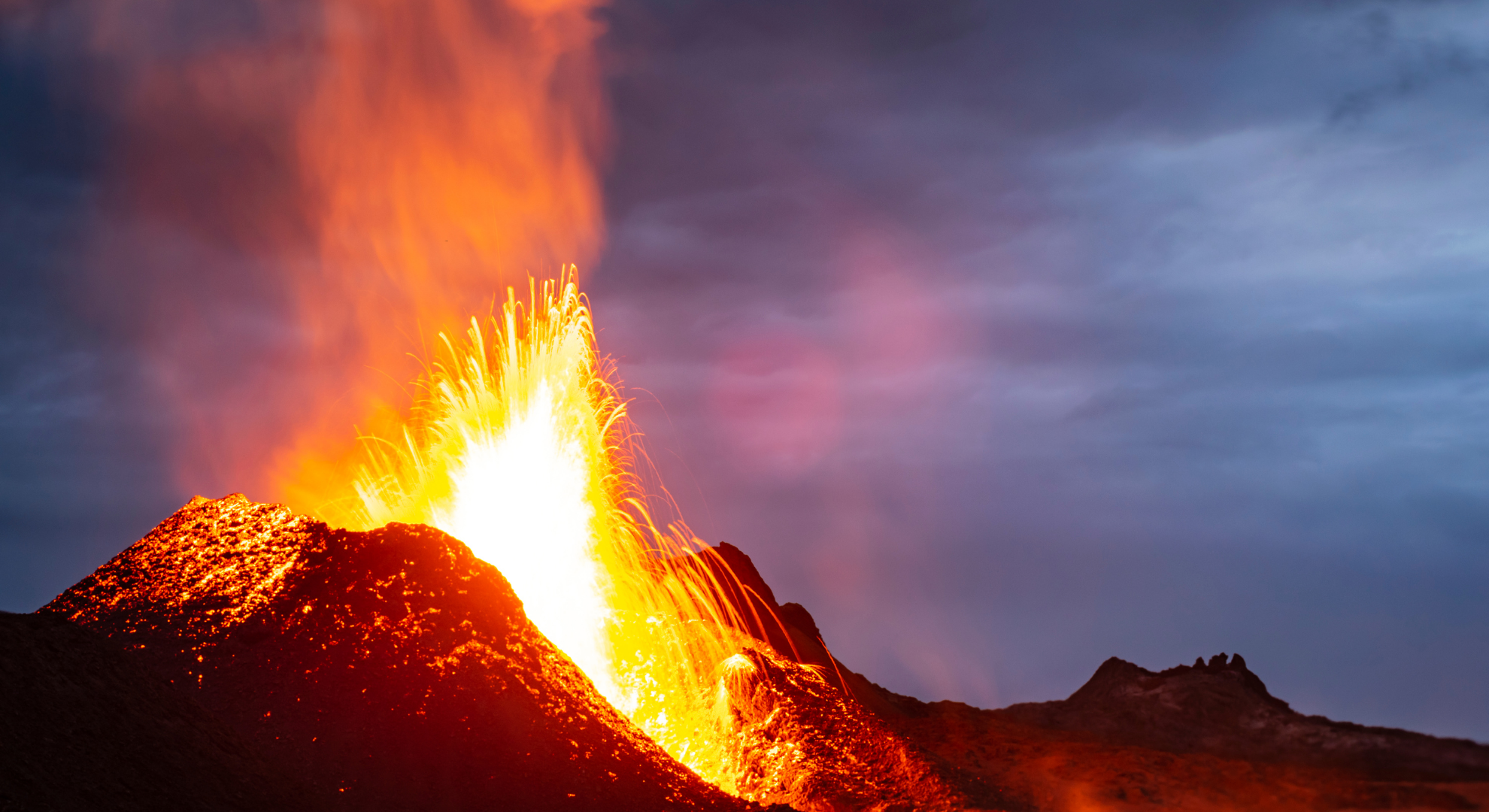It sits hidden beneath the waves, far from the eyes of passing ships, yet it may be one of the most intriguing geological finds in recent years. Scientists mapping the seafloor off New Zealand’s northeast coast have confirmed the presence of a previously unknown underwater volcano — and they say it could hold clues to the region’s turbulent past.
Found by accident
The discovery was made during a routine seabed survey conducted by a joint team from New Zealand’s National Institute of Water and Atmospheric Research (NIWA) and international researchers. The vessel was charting deep-sea features near the Kermadec Trench when sonar images revealed a symmetrical, cone-shaped rise — something that shouldn’t have been there.
“We were expecting flat seabed in that area, but instead this perfect volcanic cone appeared on our screens,” says marine geologist Dr. Rebecca Lane. “It was one of those moments when the whole crew gathered around to see.”
A giant hiding in the deep
Initial measurements suggest the volcano rises about 1,200 metres from the seafloor, with a base spanning nearly 6 kilometres. Its summit lies around 800 metres below the ocean surface — far too deep to be spotted without specialised equipment.
While scientists have yet to name it officially, they are already studying samples taken from the site. Early analysis indicates the volcano is dormant, but it may have been active in the last few thousand years.
Key facts about the discovery
| Feature | Measurement |
|---|---|
| Height | ~1,200 metres |
| Base diameter | ~6 km |
| Summit depth | ~800 m below surface |
| Location | Northeast of New Zealand, near Kermadec Trench |
Why it matters
New Zealand sits on the boundary of the Pacific and Australian tectonic plates, one of the most seismically active regions on Earth. Underwater volcanoes are part of this restless landscape, and studying them can reveal patterns of past eruptions, earthquake activity, and even tsunami risks.
“Each new seafloor volcano we find is a missing piece in the puzzle of our geological history,” explains Dr. Lane. “It helps us understand how the region formed, and what hazards might still exist.”
The area around the Kermadec Trench is known for its volcanic chains, some of which are linked to powerful hydrothermal vents that support unique deep-sea ecosystems. Researchers are keen to see whether the new volcano hosts similar life forms.
Life on the edge
Hydrothermal vents — cracks in the seafloor that release mineral-rich water — can create environments teeming with unusual creatures, from giant tube worms to heat-loving bacteria. These ecosystems often survive entirely without sunlight, relying instead on chemical energy.
If vents are found on this new volcano, it could become a hotspot for marine biology research, offering insights into how life might exist in extreme environments — including on other planets.
What happens next
The research team plans to return to the site within the next two years for a more detailed study. That will involve deploying remote-operated vehicles (ROVs) to capture high-definition footage of the volcano’s slopes, summit, and any possible vent fields.
Samples from rock and sediment will help determine the volcano’s exact age, as well as its eruption history. This data will be fed into hazard models used to assess the risk of undersea volcanic activity in the region.
A reminder of what we don’t know
While this discovery is exciting, it’s also a reminder that much of New Zealand’s surrounding ocean remains unmapped. In fact, scientists estimate that more than 80% of the seafloor worldwide has never been surveyed in detail.
“We’ve explored more of the Moon’s surface than our own oceans,” Dr. Lane notes. “Every time we look closely, we find something unexpected.”
For now, the volcano rests in the quiet darkness of the deep sea — unseen, untouched, and holding its secrets until the next research voyage returns to uncover more.
